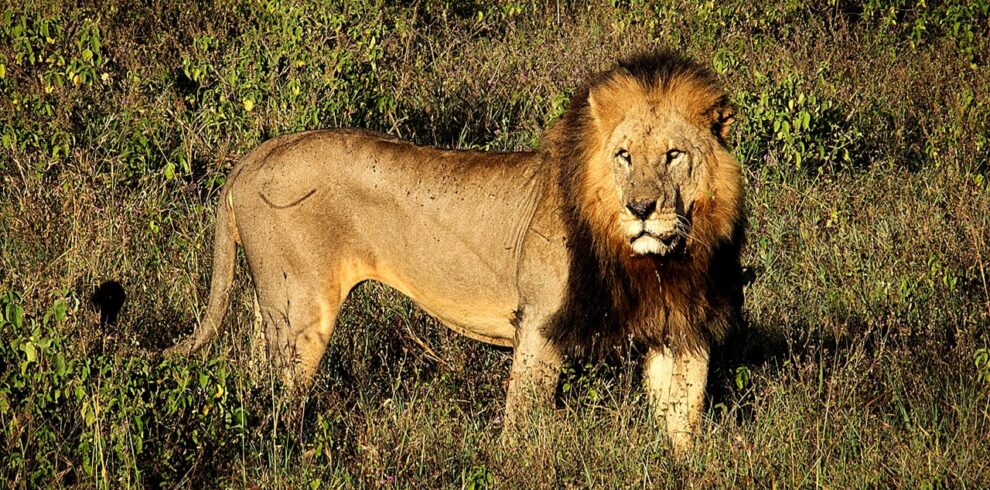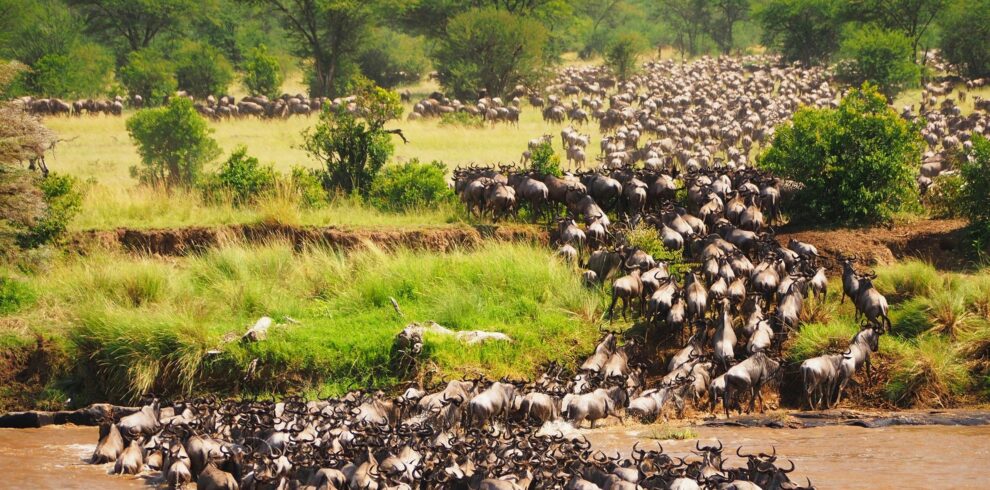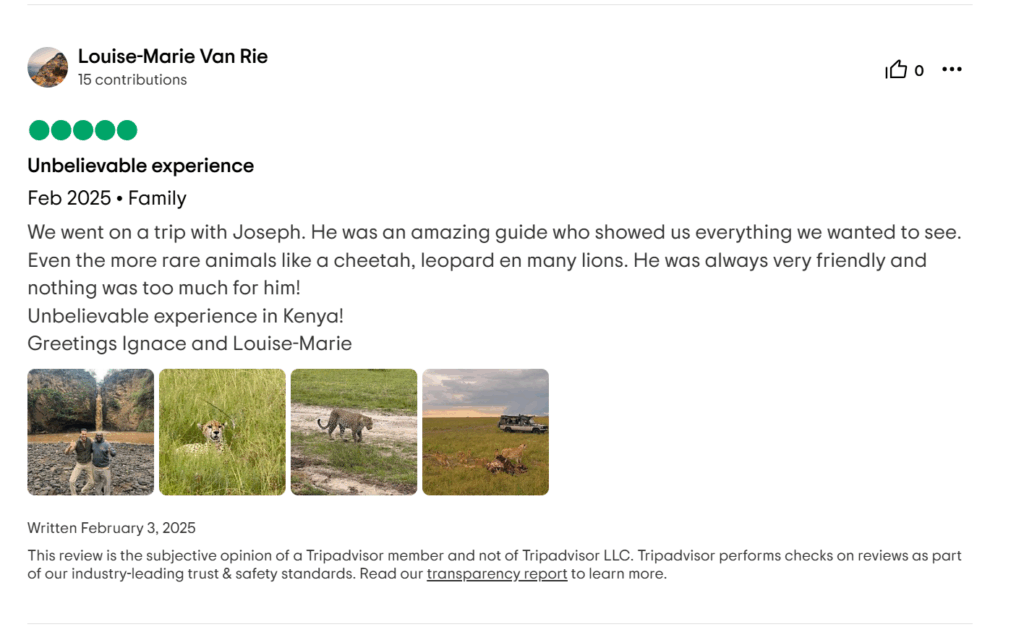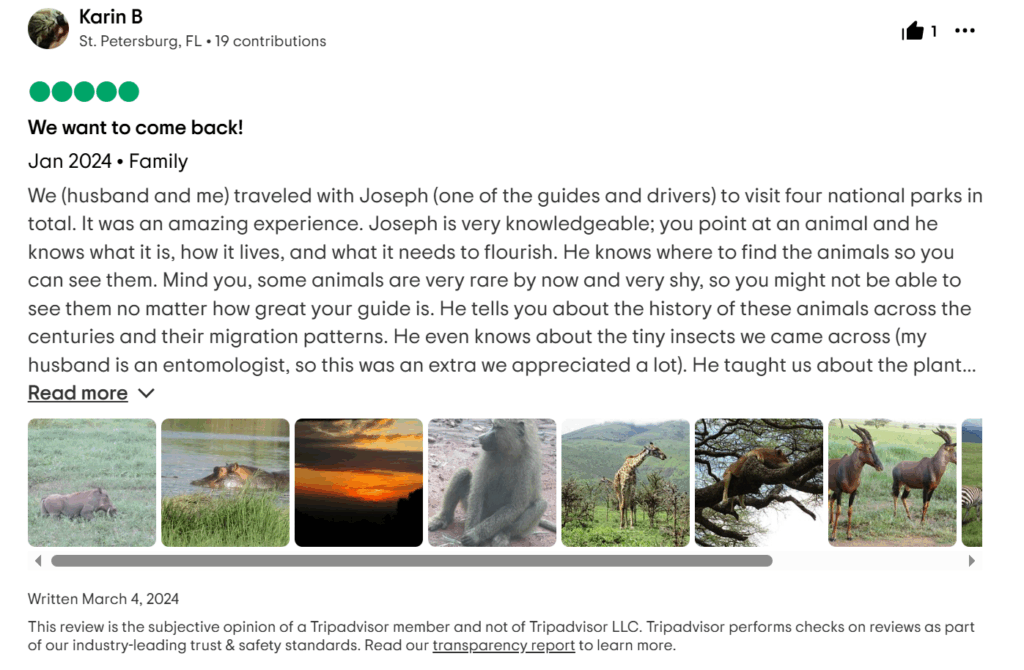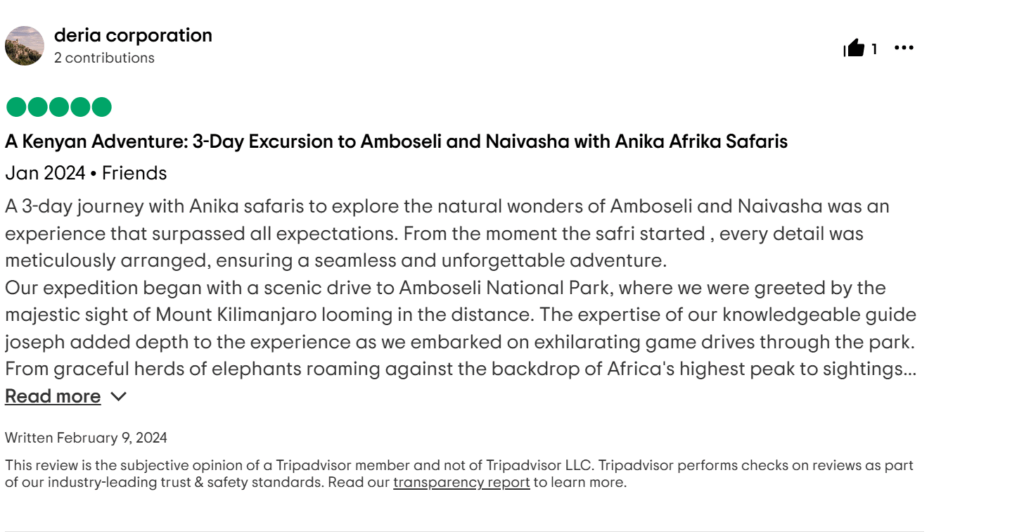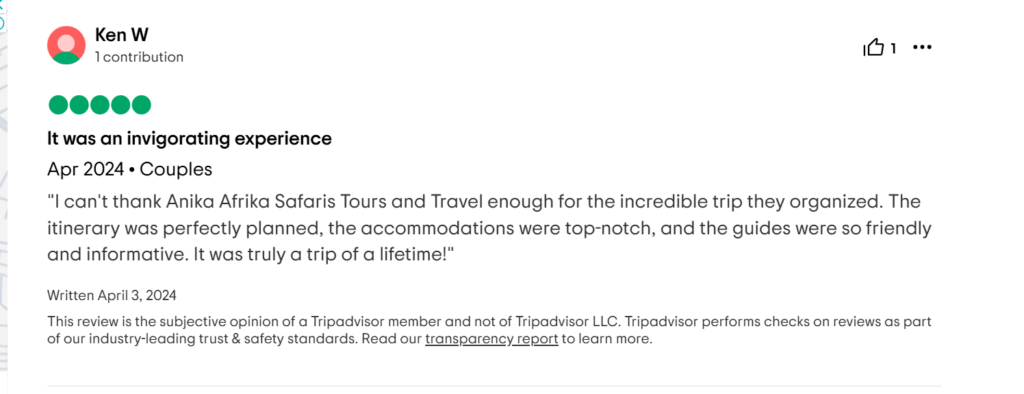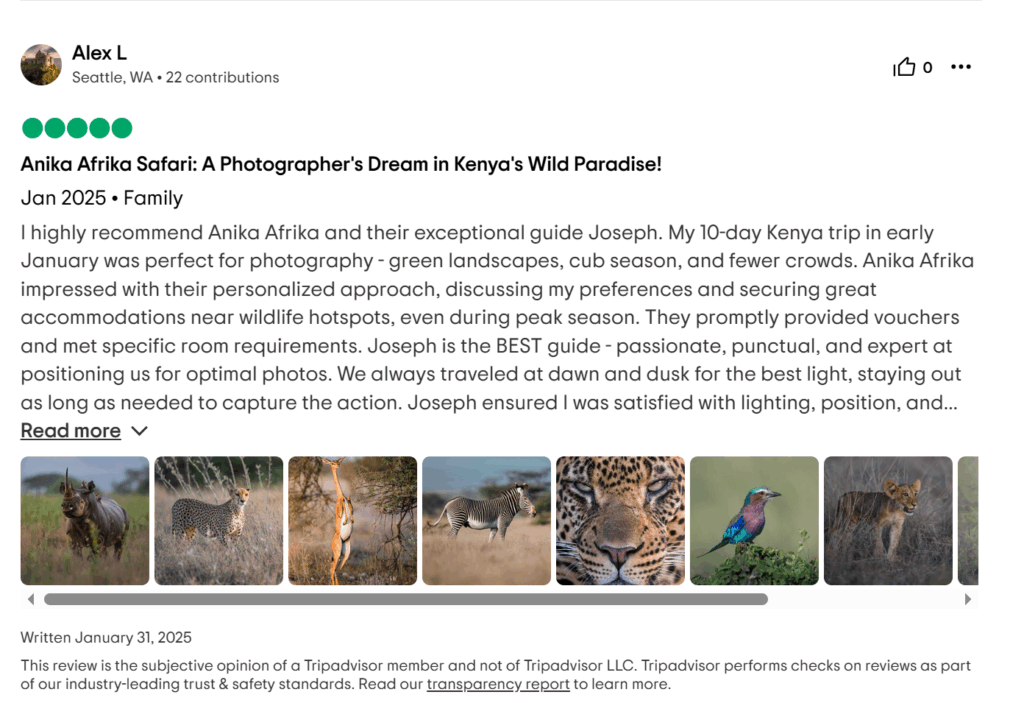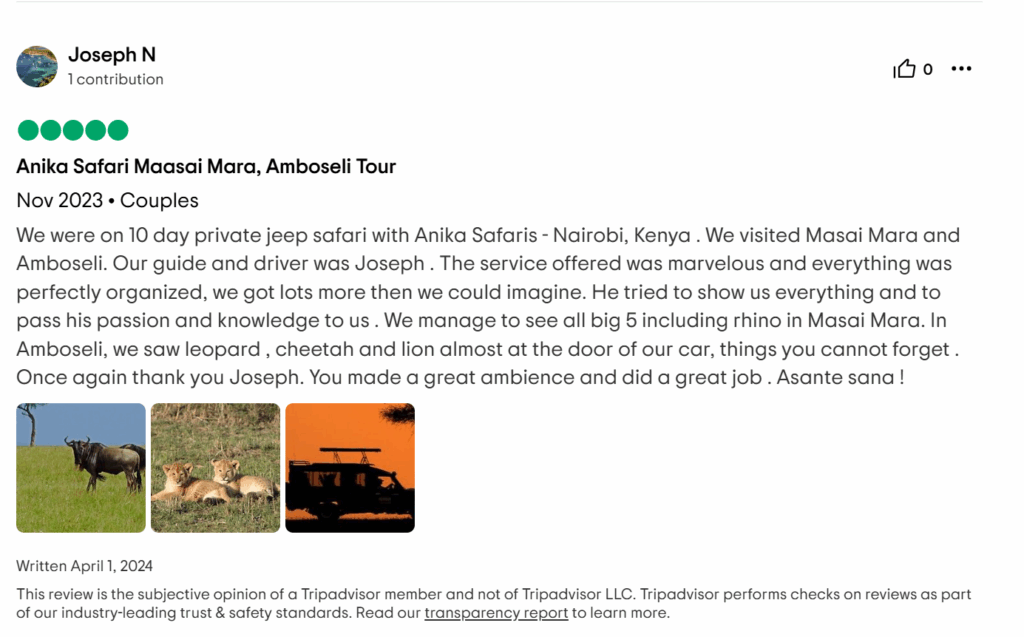Anika Afrika Safaris
Partakers of the divine nature
Handpicked Destination
we believe that a truly unforgettable safari experience begins with choosing the right destinations.
Best Price Guaranteed
Our Best Price Guarantee means that you can be sure of booking at the best rate.
24/7 Customer Service
Our customer are standing by 24/7 to make your experience incredible.
Explore popular trips
Get started with handpicked top rated trips.
Travel is the movement of people between relatively distant geographical...
Travel is the movement of people between relatively distant geographical...
Travel is the movement of people between relatively distant geographical...
Travel is the movement of people between relatively distant geographical...
Travel is the movement of people between relatively distant geographical...
Travel is the movement of people between relatively distant geographical...
Explore popular destination.
A new journey begin here within, find a destination that suits you and start travelling. We offer best travel packages.
Masai mara (3 Trips)
Best travel deals.
The origin of the world travel is most likely lost to history.
Travel is the movement of people between relatively distant geographical...
Travel is the movement of people between relatively distant geographical...
Travel is the movement of people between relatively distant geographical...

TRIPS AND TOURS
COUNTRIES
OUTDOOR ACTIVITIES
HAPPY CLIENTS


